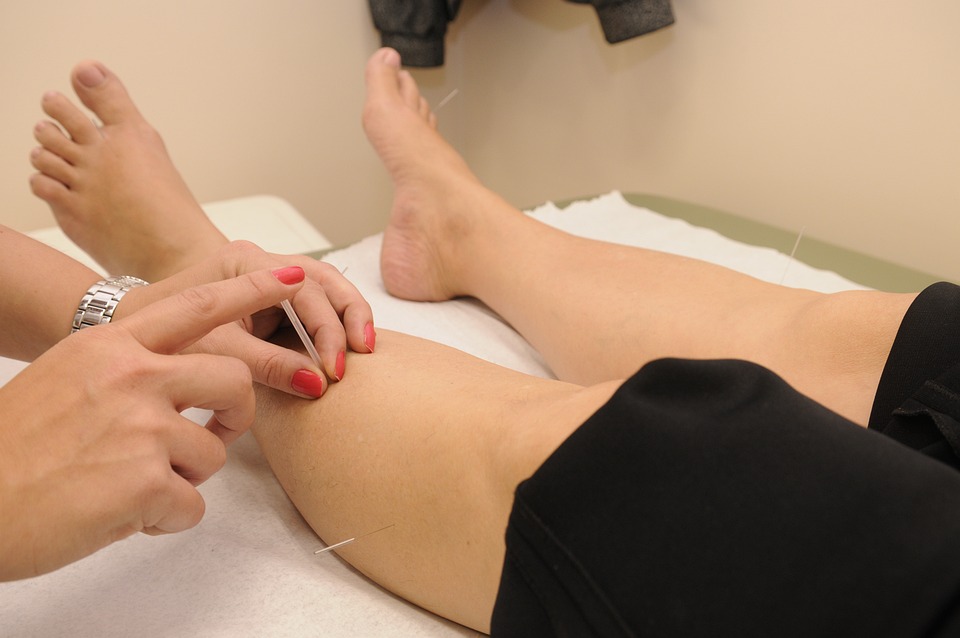Book Appointment Now

Acupuncture and Pain Management: Evidence-Based Insights into an Ancient Practice
Acupuncture and pain management have been intertwined for over 2,000 years, as acupuncture, a cornerstone of Traditional Chinese Medicine (TCM), has long been used to alleviate pain and restore balance within the body. This ancient technique involves inserting fine needles into specific anatomical points, known as acupoints, to regulate the flow of energy or “qi.” While historically rooted in cultural and philosophical traditions, modern scientific research has validated many aspects of acupuncture, demonstrating its effectiveness in managing various pain conditions. This article provides an in-depth examination of the evidence supporting acupuncture’s role in pain relief, exploring its mechanisms, clinical applications, and limitations.
Our nursing experts can deliver 100% custom paper about Acupuncture and pain management according to your order instructions.
Write my nursing essay
The Origins and Principles of Acupuncture
Acupuncture is based on the TCM concept of energy pathways, or meridians, which connect vital organs and systems. Pain and illness are thought to arise from blockages or imbalances in the flow of qi. By stimulating specific acupoints, acupuncture is believed to restore harmony and promote healing.
Modern interpretations of acupuncture have moved beyond the philosophical framework, focusing instead on its physiological effects. Researchers have identified correlations between acupoints and neural pathways, suggesting that acupuncture works through both central and peripheral mechanisms.
Mechanisms of Acupuncture in Pain Relief
The analgesic effects of acupuncture are attributed to several interrelated mechanisms, which have been elucidated through neuroscience and clinical studies.
1. Endogenous Opioid Release
Acupuncture stimulates the release of endogenous opioids, such as endorphins, enkephalins, and dynorphins, which act on opioid receptors in the brain and spinal cord to reduce pain perception. Research shows that needle insertion activates the hypothalamus-pituitary-adrenal (HPA) axis, increasing endorphin levels and providing natural pain relief (Zhao et al., 2017).
2. Modulation of Neurotransmitters
Acupuncture influences neurotransmitters like serotonin and norepinephrine, which play critical roles in pain regulation. Increased serotonin levels enhance mood and reduce the emotional component of pain, making acupuncture particularly effective for chronic pain conditions.
3. Gate Control Theory
Acupuncture aligns with the Gate Control Theory of Pain, which suggests that stimulating large nerve fibers inhibits the transmission of pain signals from smaller fibers at the spinal cord level. This mechanism provides a scientific basis for acupuncture’s effectiveness in musculoskeletal pain (Melzack & Wall, 1965).
4. Anti-Inflammatory Effects
Studies have demonstrated that acupuncture reduces levels of pro-inflammatory cytokines, such as TNF-α and IL-6, while promoting the release of anti-inflammatory cytokines. This effect is particularly relevant for conditions like arthritis and postoperative pain (He et al., 2020).
Evidence Supporting Acupuncture for Pain Management
Numerous clinical trials and meta-analyses have substantiated acupuncture’s efficacy in treating various pain conditions. The following examples highlight its role in pain relief across different contexts:
1. Chronic Low Back Pain
Chronic low back pain is among the most common conditions for which acupuncture is utilized. A systematic review by Vickers et al. (2018) found that acupuncture significantly reduced pain intensity and improved functional outcomes compared to sham acupuncture and standard care. The study also noted sustained benefits in patients who received regular treatments over time.
2. Osteoarthritis
Osteoarthritis, characterized by joint pain and stiffness, has been extensively studied in relation to acupuncture. A Cochrane review reported moderate evidence that acupuncture reduces pain and improves joint mobility, with benefits often exceeding those of standard treatments like NSAIDs (Manheimer et al., 2010).
3. Migraine and Tension Headaches
Acupuncture is recognized as an effective preventive treatment for migraines and tension-type headaches. A study published in JAMA Internal Medicine revealed that patients who underwent acupuncture experienced fewer headache days compared to those receiving standard care, with effects persisting for months post-treatment (Linde et al., 2016).
4. Postoperative Pain
Acupuncture has shown promise in reducing postoperative pain and opioid consumption. A randomized controlled trial demonstrated that patients who received acupuncture reported lower pain scores and required fewer opioids during recovery (Sun et al., 2014).
Advantages of Acupuncture in Pain Management
Acupuncture offers several advantages over pharmacological treatments, particularly for chronic pain conditions:
- Minimal Side Effects: Unlike medications, acupuncture has a low risk of adverse effects when performed by trained practitioners. Common side effects, such as mild bruising or soreness, are typically short-lived.
- Opioid-Sparing Effect: By reducing pain perception, acupuncture can lower opioid requirements, addressing concerns about addiction and dependency.
- Holistic Benefits: Acupuncture not only alleviates pain but also improves sleep quality, mood, and overall well-being, addressing the broader impact of chronic pain.
- Cost-Effectiveness: Studies suggest that acupuncture reduces long-term healthcare costs by minimizing hospital visits and medication use.
Challenges and Limitations
Despite its benefits, acupuncture faces challenges that limit its widespread adoption. The variability in individual responses to treatment makes it difficult to predict outcomes. Additionally, access to trained practitioners and the cost of repeated sessions may pose barriers for some patients. Methodological issues in acupuncture research, such as difficulties in standardizing sham acupuncture controls, have also led to debate about the extent of its efficacy (Lundeberg et al., 2017).
Integrating Acupuncture into Modern Pain Management
The integration of acupuncture into modern medical practice has been facilitated by the growing emphasis on patient-centered and multidisciplinary care. Many hospitals and clinics now offer acupuncture as part of integrative pain management programs, combining it with physical therapy, pharmacological treatments, and cognitive-behavioral approaches.
Acupuncture is particularly valuable in managing conditions like cancer-related pain, where it alleviates both physical discomfort and treatment-related side effects such as nausea. Its use in palliative care underscores its role in enhancing quality of life for patients with chronic and terminal illnesses.
Conclusion
Acupuncture and pain management are deeply connected through centuries of practice and growing scientific validation. As a time-tested technique within Traditional Chinese Medicine (TCM), acupuncture offers a holistic approach to managing pain by targeting specific acupoints to restore balance and promote healing. Modern research supports its effectiveness in treating a variety of pain conditions, making it a valuable alternative or complementary therapy for many individuals. While further studies are needed to fully understand the mechanisms at play, acupuncture’s potential for pain relief continues to be a promising avenue for those seeking natural and non-invasive solutions to manage pain.
References
- He, W., et al. (2020). Mechanisms of acupuncture therapy for chronic pain based on cytokines: A review. Biomedicine & Pharmacotherapy, 129, 110464. https://doi.org/10.1016/j.biopha.2020.110464
- Linde, K., et al. (2016). Acupuncture for the prevention of tension-type headache. JAMA Internal Medicine, 176(4), 508-515. https://doi.org/10.1001/jamainternmed.2015.7430
- Lundeberg, T., et al. (2017). Is placebo acupuncture what it is intended to be? Evidence-Based Complementary and Alternative Medicine, 2017, 598601. https://doi.org/10.1155/2017/598601
- Manheimer, E., et al. (2010). Acupuncture for osteoarthritis of the knee: A systematic review and meta-analysis. Annals of Internal Medicine, 153(9), 565-574. https://doi.org/10.7326/0003-4819-153-9-201011020-00239
- Melzack, R., & Wall, P. D. (1965). Pain mechanisms: A new theory. Science, 150(3699), 971-979. https://doi.org/10.1126/science.150.3699.971
- Sun, Y., et al. (2014). Acupuncture and postoperative pain: A systematic review and meta-analysis. British Journal of Anaesthesia, 113(4), 594-604. https://doi.org/10.1093/bja/aeu314
- Vickers, A. J., et al. (2018). Acupuncture for chronic pain: Update of an individual patient data meta-analysis. Journal of Pain, 19(5), 455-474. https://doi.org/10.1016/j.jpain.2017.11.005
- Zhao, Z. Q., et al. (2017). The effects of acupuncture on chronic pain: Biological mechanisms and clinical research. Journal of Pain Research, 10, 1187-1196. https://doi.org/10.2147/JPR.S138121







